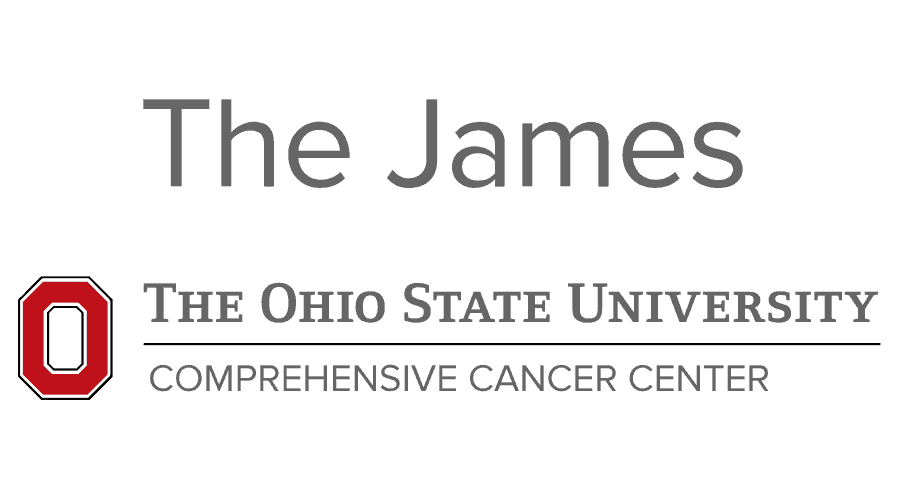
Patient Wait Times Reduced by Teaching Oncology Nurses to Insert Ultrasound-Guided Peripheral IV

Oncology nurses may be able decrease peripheral access wait times for patients, however, a change in culture may be necessary to see full results.
A new education intervention for oncology nurses resulted in one-third of ultrasound-guided peripheral IV (PIV) insertions being conducted by the oncology nurses themselves, thus reducing the team’s dependency on the vascular access team and decreasing peripheral access wait times for patients, according to results of a study presented at the 47th Annual ONS Congress.
Between August 2021 and February 2022, oncology nurses were responsible for 250 PIV insertions; 42 insertions were conducted in August, 33 in September, 48 in October, 30 in November, 33 in December, 25 in January, and 39 in February.
“Currently, we have 19 ultrasound-guided PIV trained oncology nurses in the [intensive care units; ICU], [and] we have had no documented complications, although the numbers of missed attempts are rarely recorded,” Stacy Artrip, MSN, APRN-CNS, OCN®, of The Ohio State University Wexner Medical Center—James, said in a poster presentation of the findings. “This project has helped our nurses grow in their practice by building clinical skills, confidence, interdisciplinary communication, and consideration [of] non-central line alternatives.”
Critically ill patients with cancer present unique challenges to vascular access; however, a comprehensive literature review revealed that there is currently insufficient research regarding the vascular access needs of this patient population. Investigators sought to address this care gap by developing and implementing an oncology nurse–led ultrasound guided peripheral access program. Ultimately, investigators hope that the nurses in their institution will be competent enough in PIV insertion that they will not need to rely on the vascular access team to care for their patients.
Investigators consulted a table of experts for insights regarding their intervention plan. This team included the vascular access team, the medical librarian, the local DNP, a representative from the Ultrasound company, and the ICU nurse managers. Their literature review yielded 14 articles, which were combined in an evidence and synthesis table to further guide their approach.
The proposed ultrasound-guided PIV intervention outline included a 2-hour class comprised of both a lecture and hands-on component, accompanied by 4 hours of clinical experience with a PIV team member to become proctored in insertion.
The lecture would cover the principles of ultrasonography, including related equipment, and insertion techniques, assessing difficult IV access, vascular anatomy of upper extremities, vein selection, catheter gauge and length, infection prevention, complications, and procedure documentation. For the hands-on component of the class, trainees learned how to navigate the ultrasound machine and practice placements on a phantom arm.
Clinical competency would be measured by the trainee’s ability to successfully insert 5 placements on live patients in the 4 hours of their clinical practice. To maintain their clinical competency, nurses needed to successfully place at least 7 PIVs annually.
Ultimately, the investigators conducted a 4-hour class for oncology nurses to teach the fundamental of PIV insertions. This class was accompanied by 12 hours of clinical practice. These longer classes and clinical experiences were based on recommendations buy the local experts. Investigators sought to allow adequate time for skill development to help build a solid foundation.
In addition, the investigators implemented a live tracking tool which collects monthly data. They measured competency by the following metrics: 2 ultrasound-guided PIV insertions per month with an 85% success rate. The local experts supported a yearly competency with rigorous competency requisites.
The investigators’ ultimate goal is to create nurse self-reliance and have the nursing team become responsible for almost all PIV insertions. However, to meet this objective, nursing teams may need a drastic change in culture, the study authors noted.
“This [number] only represents approximately one third of the total ultrasound guided PIVs places, while the other 2 thirds are still being placed by the vascular access team,” Artip concluded. “The biggest barrier right now is changing culture. Our culture prior to this implementation was to utilize the vascular access team. Most trained nurses only place them when it is their own patients rather than seeking out other patients who need access.”
“Part of this is advertisement—not everyone knows who is trained and thus don’t seek help from their trained peers,” she explained. “Part of this is also lack of desire or also not actively looking for opportunities to practice this skill and become proficient.”
Moving forward, the team will assess which nurses have remained proficient and offer those who have not a choice: they may either take another class or they may step down and step down from using the skill. The team plans on hosting a second class in the summer of 2022.
Reference
Artrip S, Weber ML. Evidence into practice: developing an ultrasound guided PIV insertion program for critically ill oncology patients. Presented at: 47th Annual Oncology Nursing Society Congress; April 27-May 1, 2022; Anaheim, CA. Abstract P13.
Newsletter
Knowledge is power. Don’t miss the most recent breakthroughs in cancer care.
















































































